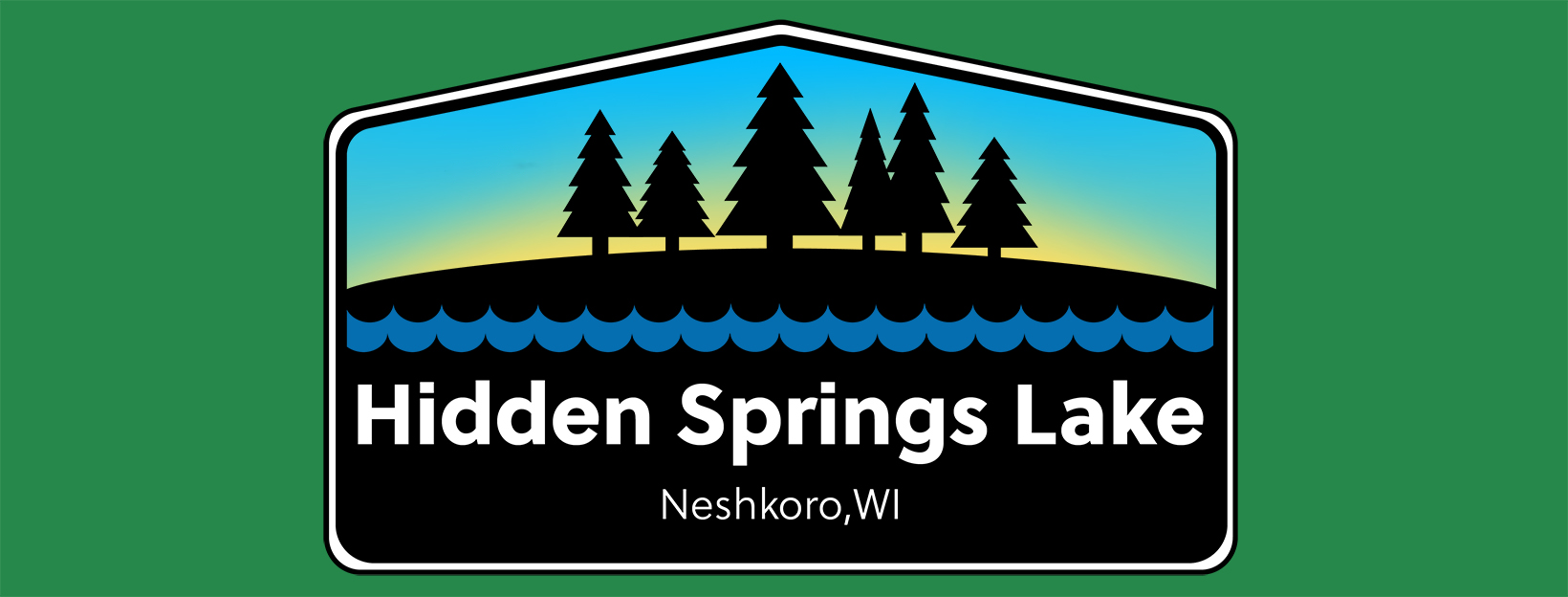Most homes on Hidden Springs utilize a septic system. It is an owner’s responsibility to protect the surface and groundwater from contamination. Properly functioning systems are designed to remove most disease-causing human pathogens, but generally are NOT designed to remove or treat water-soluble nutrients or pollutants.
The more water and material that goes into your septic system, the more that comes out into your drain field. Recent research at the University of Wisconsin – Stevens Point on septic systems located in sandy soils has found both phosphorus and nitrates migrated underwater over 150 feet from drain fields. If these nutrients seep underground into the lake, aquatic plant growth and algae blooms are likely results.

Malfuntioning systems are especially harmful. Effluent from failed systems can result in direct contamination of well or surface water and could cause serious human health risks. Reasons for septic system failure may include advanced age, overloading, poor site placement and/or poor maintenance.
Evidence of a malfunctioning septic system:
- Sewage backing up in the drains.
- Ponded water or wet areas over the drain field.
- Bright green grass over the drain field.
- A dense stand of aquatic plants along only your shoreline.
- Bacteria or nitrate in nearby well water.
- Biodegradable dye flushed through your system is detectable in the lake.
The Wisconsin Department of Public Safety suggests the following to maintain your septic system and keep our lake and soil clean.
DO NOT:
- Flush cigarettes, diapers, feminine hygiene products, wipes, paper toweling or facial tissue. They may not break down readily and will contribute to the scum or sludge layers.
- Overuse the garbage disposal. It grinds up food products that settle out in your tank, adding considerably to the sludge buildup and the amount of organic matter that needs treatment. Compost your vegetable scraps instead.
- Put grease or oils down the drain. Grease and oils from cooking, frying and skin lotions increase the scum layer in your septic tank.
- Use automatic toilet cleaning dispensers that release bleach with every flush, which deteriorate the rubber parts and seals in the toilet, and can reduce populations of bacteria in your septic tank that break down waste.
- Dump unwanted pesticides, herbicides, fungicides, insecticides, paints, thinners, solvents or excess medications or cleaning products (including bleach and drain cleaners) down the drain.
DO:
- Use liquid detergents instead of powdered detergents. Powdered detergents have “fillers” in them that add to the sludge layer.
- Use toilet tissue that breaks down rapidly. Test by placing a tissue sample in a jar of water, cover the jar opening and shake vigorously. Toilet paper should fall apart rapidly when shaken.
- Install a filter on your washing machine water discharge line to trap lint and clean according to manufacturer’s directions.
- Have an effluent filter installed at the outlet of your septic tank to help prevent solids from flowing into the drain field. Have it cleaned according to the manufacturer’s directions.
- Pump or inspect your septic system once every three years. Just like owning a car, there is maintenance, inspection and service required for septic systems in order to prevent premature failure. Inspection and pumping costs are minor compared to the cost for installing a new system. Hire a licensed pumper, plumber or plumbing inspector.
- Divert surface water away from the drain field.
- Avoid driving or parking on the drain field to prevent compaction of soil.
- Keep roots of trees and shrubs away from the drain field pipes to avoid obstructed drain lines.
- Conserve water. Use low-flow toilets, faucets and showerheads to reduce the volume of water the system must filter and absorb.
For additional information, read the UW-Extension publication:


